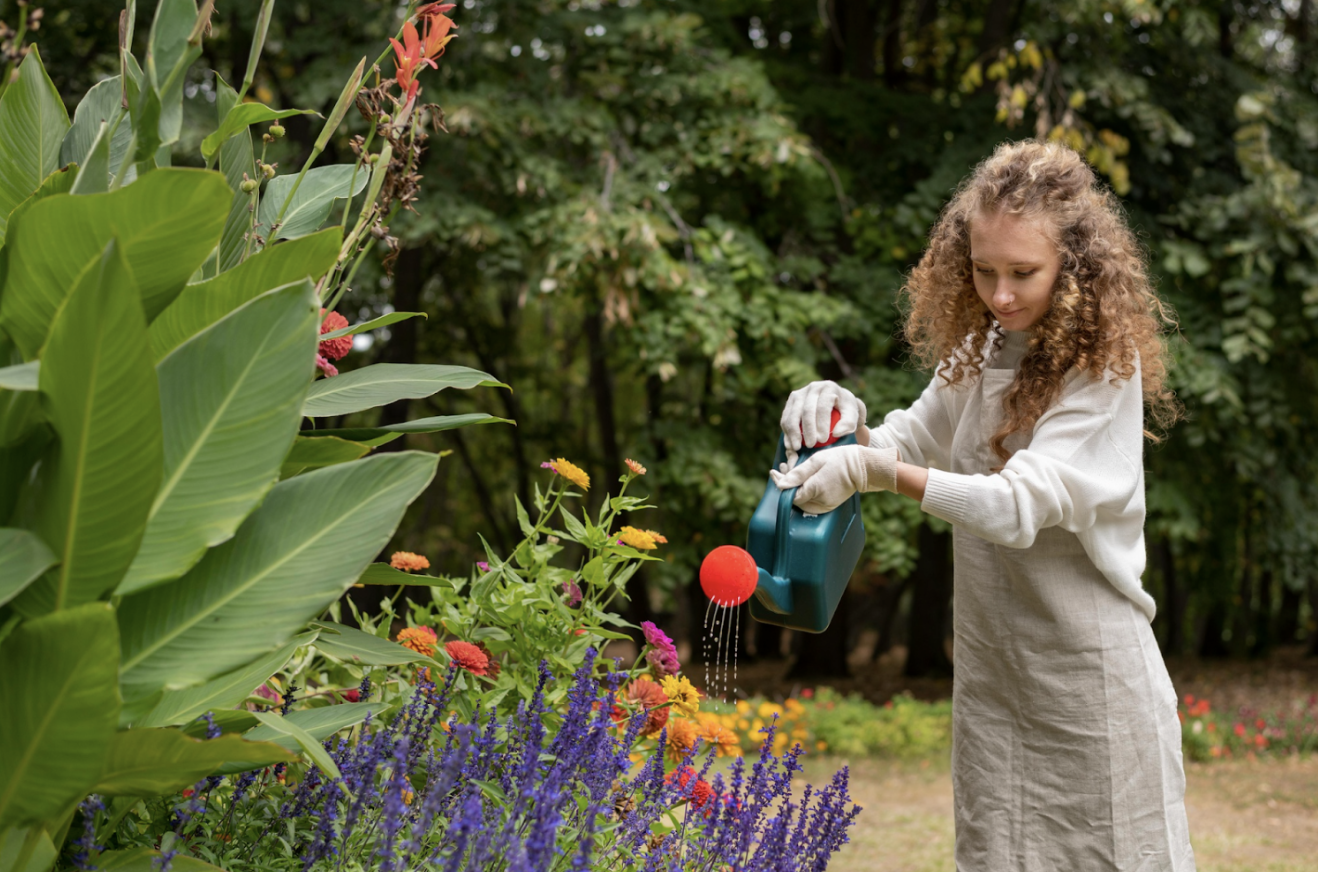Low-Water Garden Ideas That Still Feel Lush
Drought, hotter temperatures, and unpredictable rainfall are reshaping how we design outdoor spaces. Traditional lawns and thirsty plant beds often struggle under these changing conditions. For many homeowners, it’s time to rethink the garden, not just to save water, but to create something easier to care for, more sustainable, and still full of life.
Whether you’re dealing with water restrictions or simply want a low-maintenance garden, these ideas prove you don’t have to sacrifice style or greenery.
Start with Structure: Hardscaping and Artificial Turf
A well-planned layout is key to any low-water garden. Hardscaping, such as patios, gravel paths, and seating areas, helps reduce the need for irrigation while adding visual interest and functionality. It also forms the backbone of an eco-friendly home exterior, especially when combined with sustainable materials.
In place of a traditional lawn, a landscape with artificial turf offers a patch of green that doesn’t need watering, mowing, or fertilising. It stays vibrant all year and holds up well to foot traffic, making it ideal for play areas, pet zones, or simply a low-effort lawn substitute.
Choose Plants That Work With the Climate
Plant selection is where your garden really comes to life. Focus on drought-tolerant and native species suited to your local conditions. These plants typically have deep roots and built-in resilience, so they thrive with far less watering and attention.
Grasses, succulents, herbs, and flowering perennials can all be combined to create rich textures, seasonal colour, and a habitat for pollinators. Grouping plants with similar water needs (known as hydrozoning) also makes irrigation simpler and more efficient.
Smarter Watering, Less Waste
Efficient irrigation is essential for low-water landscapes. Drip systems deliver water directly to the base of plants, avoiding waste through evaporation. You can also incorporate rainwater collection, such as barrels, swales, or shallow basins that store roof runoff for later use.
Even small changes like these can dramatically reduce your water use while helping plants flourish during dry spells.
Keep the Ground Cool and Moist
Bare soil quickly dries out in the sun. A layer of mulch, whether bark, compost, or gravel, helps retain moisture, prevent erosion, and suppress weeds. Groundcovers such as creeping thyme or sedums can also protect soil while adding colour and softness to the garden’s edges.
These finishing touches tie everything together, creating a polished, practical space that works with the climate, not against it.
Final Thoughts
You don’t need a sprawling garden to make a big impact. Even a small area redesigned with water-wise principles can be beautiful, sustainable, and much easier to maintain.
Start by replacing part of your lawn, adding mulch, or swapping in drought-tolerant plants. Over time, your garden will use less water, demand less effort, and still feel vibrant and inviting, whatever the weather.



